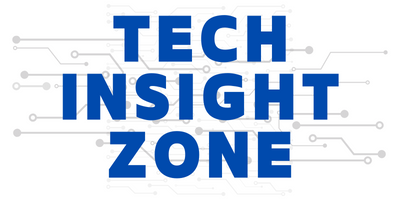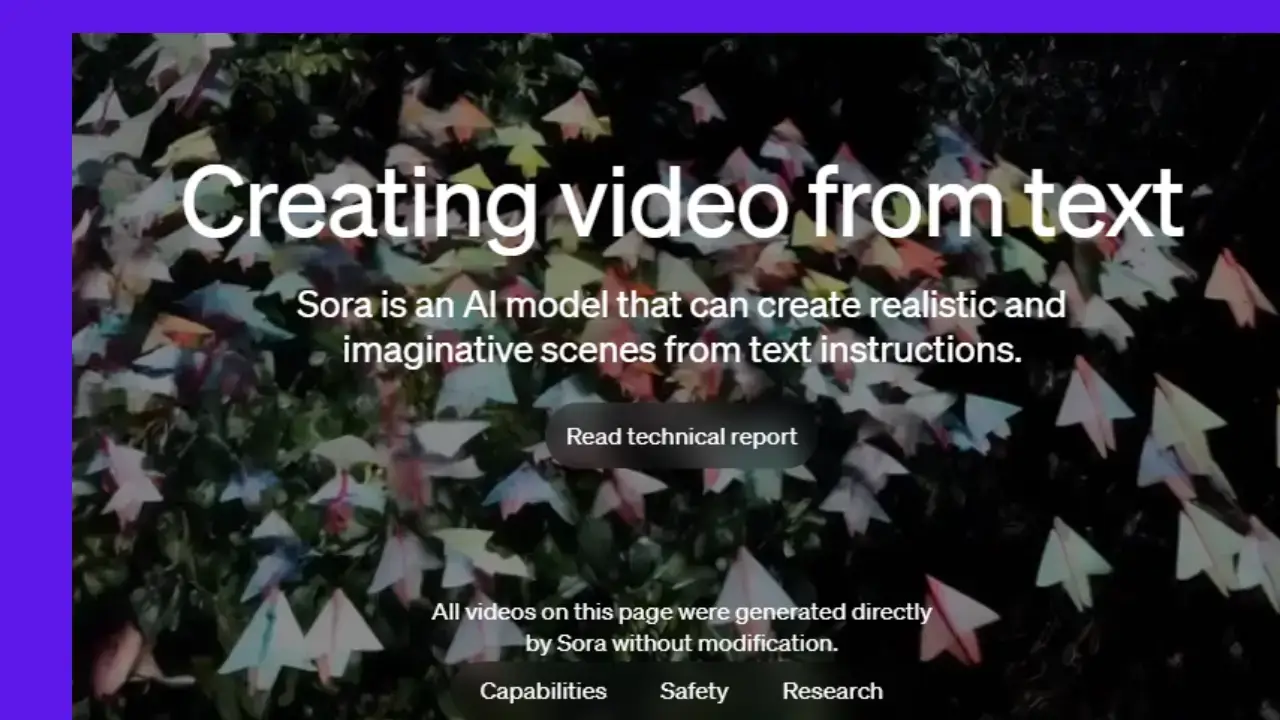OpenAI’s recent unveiling of “Sora,” a text-to-video model capable of generating realistic scenes from simple prompts, has ignited a vibrant conversation online.
While excitement about its creative potential soars, concerns, and questions abound, painting a complex picture of humanity’s evolving relationship with AI.
This article delves deep into the details of Sora, explores the diverse reactions it has sparked, and examines the potential strengths, weaknesses, and safety measures surrounding this revolutionary technology.
What is Sora, and How Does it Work?
Sora isn’t your average video editing tool. This AI marvel, developed by OpenAI, specializes in crafting realistic and imaginative scenes based solely on textual instructions.
Imagine describing a bustling Tokyo street with neon lights and a stylish woman walking by, and Sora brings it to life in a minute-long video. Impressive, right?
So, how does it work? Think of it as a magician transforming static noise into moving pictures. Sora, powered by a diffusion model, starts with a noisy video and gradually removes the noise, step by step until a coherent scene emerges.
This intricate process leverages a transformer architecture, similar to GPT models, enabling efficient scaling and handling of various video formats.
Furthermore, Sora incorporates techniques from previous OpenAI models like DALL·E. Imagine it like taking notes on visual data. This “recaptioning” technique helps Sora accurately follow user instructions, resulting in highly detailed and faithful video creations.
Let’s see an example so that you get an idea!
Example Prompt and Generated Scene:
Open AI has already given tons of examples to let us see how the outcome would be. Here is one that we liked most-
Stylish Woman in Tokyo:
(video- OpenAI)
A prompt describing a stylish woman walking down a Tokyo street generates a video with warm glowing neon lights, animated city signage, and a reflective, damp street bustling with pedestrians.
The output is quite good, right? We agree with you. But there are tons of aspects to see what’s happening. Let’s take a look at what people are thinking…
To give you a broader perspective, we thought discovered the popular social media platform X (Twitter).
What People Are Saying on Social Media?
The introduction of Sora has sparked significant interest and discussion across social media platforms. Users are sharing their thoughts, reactions, and initial impressions of the capabilities demonstrated by Sora’s generated videos.
On Twitter, users are marveling at the level of detail and realism in the scenes created by Sora. Many are impressed by the model’s ability to accurately translate text prompts into vivid visual narratives, showcasing scenarios ranging from futuristic cityscapes to serene natural landscapes.
Some users are expressing excitement about the creative possibilities unlocked by Sora, envisioning applications in filmmaking, storytelling, and entertainment.
Others are intrigued by the potential implications for education and communication, noting how Sora could revolutionize the way complex ideas are conveyed visually.
However, there are also discussions about the limitations and challenges faced by the model. Some users are highlighting instances where Sora’s output falls short of expectations, such as inaccuracies in physics simulation or inconsistencies in character interactions.
But we all know this is just the beginning… and one comment that grabbed our mind is that “in the next 18 months AI will reach to its next level”.
Do We Need to Get Scared? Speculating the Future
The future with Sora painted on social media is an intriguing canvas. Will major studios churn out AI-generated movies, transforming the film industry entirely?
Some predict disruption, while others view AI as a tool for enhancing content creation across generations. The economic implications also spark excitement, while concerns about the blurring line between reality and AI remain at the forefront.
Humorous requests and predictions add a lighter touch, with people imagining historical events recreated with AI or specific industries impacted in funny ways.
Yet, amidst the lightheartedness, calls for regulation and concerns about the potential dangers of AI technology emerge. Fears of deepfake scams and the immersive potential of AI-generated content highlight the need for careful consideration.
However, OpenAI also seems serious about the potential danger and trying to ensure safety.
Only time will tell how the future will be.
But, we can always anticipate for good, right?
The Human Touch: Creativity and Regulation in the Age of AI
While AI like Sora possesses exceptional capabilities, it’s crucial to remember the irreplaceable value of the human touch. Calls for creativity and imagination in utilizing this technology underscore the unique human element that AI cannot replicate.
Balancing innovation with responsible development is key, requiring careful consideration of ethical guidelines and regulations.
OpenAI’s decision to initially limit access to select groups like “red teamers” reflects a cautious approach, allowing for a thorough evaluation of potential downsides before a wider release.
As we navigate this new frontier, ensuring transparency, inclusivity, and responsible development will be crucial to unlocking the benefits of AI while mitigating its potential risks.
Conclusion: A Brave New World, Navigated with Caution
OpenAI’s Sora stands as a groundbreaking development, showcasing the immense potential of AI in video creation. However, it also serves as a powerful reminder of the complex questions and challenges that accompany such rapid technological advancement.
By fostering open dialogue, embracing responsible development, and harnessing the power of human creativity, we can shape a future where AI like Sora becomes a tool for positive change, empowering rather than overshadowing our humanity.
As concerns mount over OpenAI’s latest video model, “Sora,” it’s crucial to explore the evolving landscape of AI advancements. Concurrently, Google’s unveiling of GENIE, an interactive virtual model, adds another dimension to the discourse. While Sora’s capabilities spark debate,
GENIE offers a compelling alternative, emphasizing interactivity and user engagement. Understanding both developments enriches our grasp of AI’s trajectory, highlighting diverse approaches and potential implications for society. Explore more about GENIE and its implications here.





